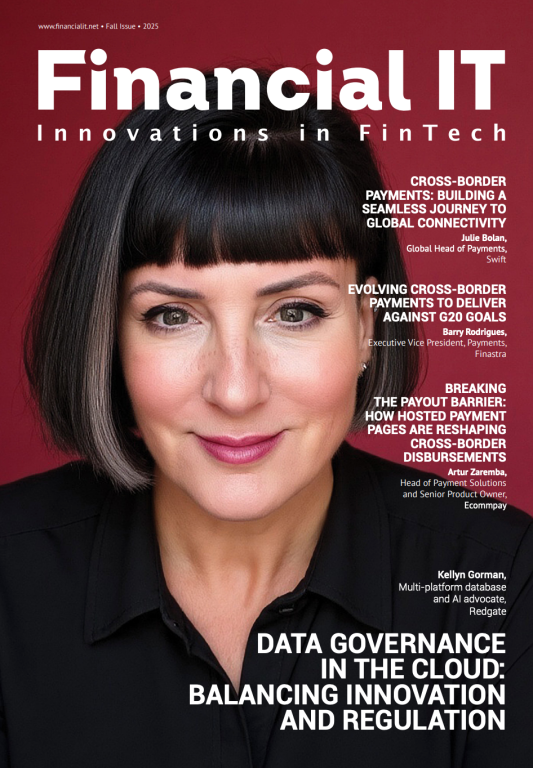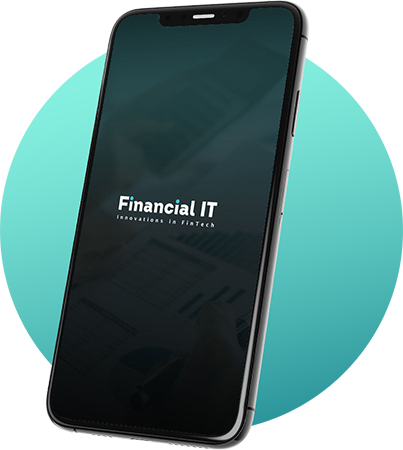A Better Credit System Starts With Better Data

- Jamie Twiss, CEO at Carrington Labs
- 29.07.2025 02:45 pm #CreditInnovation #DataDrivenFinance
For decades, access to credit has hinged on traditional scoring models that weigh a narrow set of financial behaviors like timely loan payments, credit card balances, and length of credit history, among others. But this system doesn’t work for everyone. Millions of Americans who pay their rent, utilities, or phone bills on time still lack the history required to generate a strong credit score. As a result, they’re often denied fair access to lending or face higher rates than their financial behavior warrants.
Alternative data can help them gain access to credit. By expanding the types of financial activity considered in credit decisions, such as real-time income flows, recurring bill payments, or detailed spending patterns, we can open doors for this underserved community and enable lenders to develop a more accurate view of someone’s financial reliability.
For example, regular deposits from gig work or consistent payments to streaming services and utilities can reveal financial discipline that might never surface in a traditional credit report. Patterns in spending behavior, like avoiding overdrafts, maintaining a stable cash buffer, or reducing discretionary expenses when balances run low, can also indicate a low-risk borrower, even without a single line of formal credit.
These insights are particularly valuable in an economy where 72.7 million American workers operate outside the W-2 system. According to Upwork, 90.1 million U.S. workers — more than half of the country’s labor force — are projected to bring in freelance income by 2028. As financial behavior becomes increasingly digitized and more data becomes available, the opportunity to build more inclusive models grows in parallel.
Adopting alternative data at scale requires modern infrastructure that can handle high volumes of structured and unstructured data from a wide array of sources, including bank transaction feeds, payroll APIs, and utility payment aggregators. These systems must be capable of ingesting and normalizing data in real-time while maintaining standards for security and auditability. Scalable architecture and API integration are necessary to ensure both speed and resilience in production environments.
The effective use of alternative data also requires a different credit mindset and approach. Current credit practices have been in place for decades and are embedded in the regulatory and funding ecosystem; the use of alternative data requires a different way of thinking, openness to change, and new capabilities. Finally, the models trained on this data must be explainable and adaptable to evolving regulatory expectations. Without that, even the most predictive signals will fail to support responsible credit decisioning.
Critically, alternative data should supplement — not replace — traditional inputs. The goal is to round conventional credit metrics out with context that improves accuracy and expands access. According to one FICO project, alternative data captured about 60% of the predictive power for a loan origination portfolio when paired with traditional data, creating a more powerful credit risk model.
For alternative data to gain widespread traction, the industry must show that it improves outcomes by yielding better predictions, lower default rates, and more equitable access. Early adopters will see these benefits, especially when they use alternative data to responsibly extend credit to populations that have long been overlooked.
The future of lending will rest on a wider range of data, used in new and creative ways. New data sources can help create a system that works for lenders and borrowers alike, creating a more resilient, fair, and effective financial system.





















